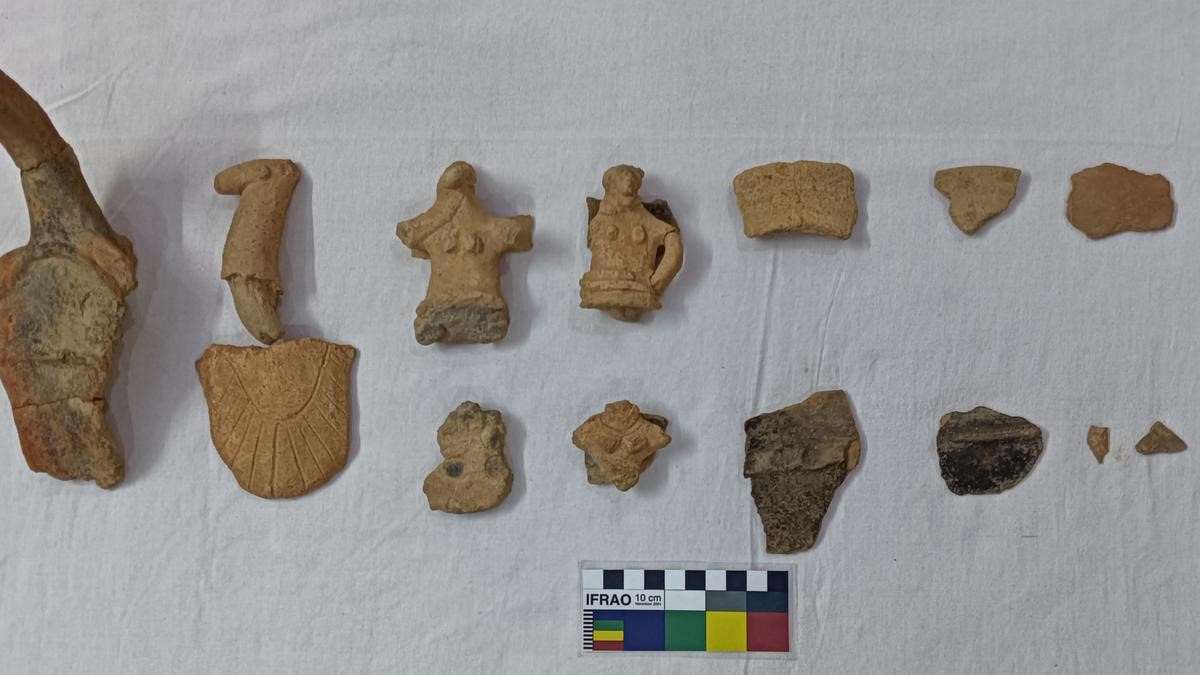Free Courses Sale ends Soon, Get It Now


Free Courses Sale ends Soon, Get It Now



Disclaimer: Copyright infringement not intended.
Context
Details
Figurines and Their Types
Megalithic Dolmen Site
Megalithic Culture
Terracotta Figurines
Cultural Significance
Peacock and Horse Figurines
Research Opportunity
Conclusion
The discovery of these terracotta figurines in the megalithic dolmen site near Moodbidri is an important archaeological find that sheds light on the ancient culture and religious beliefs of the people who lived in the area around 800-700 B.C. It opens up opportunities for further research and exploration into the Bhoota cult and the historical significance of these artifacts.
|
PRACTICE QUESTION Q. What is a defining characteristic of megalithic burials in the context of the megalithic culture? A) Use of hieroglyphic inscriptions B) Construction of stone circles C) Erection of large stone slabs known as orthostats D) Creation of elaborate underground tombs Correct Answer: C) |
© 2024 iasgyan. All right reserved